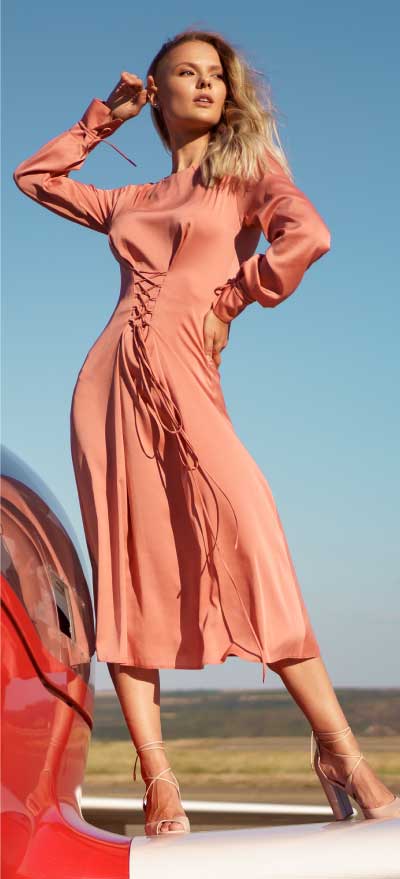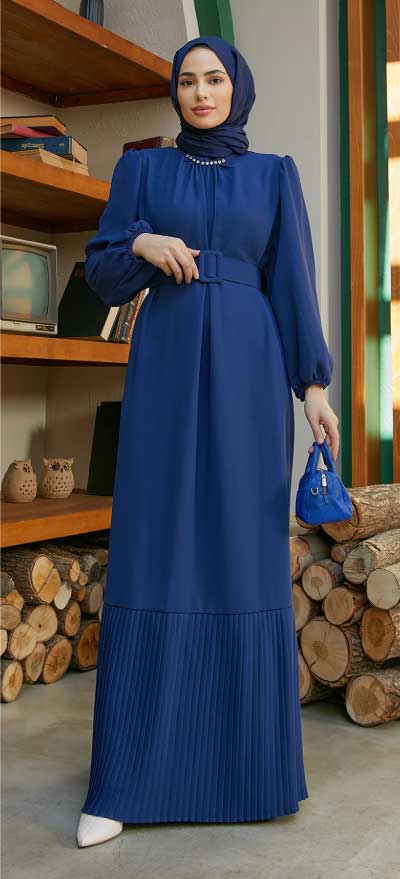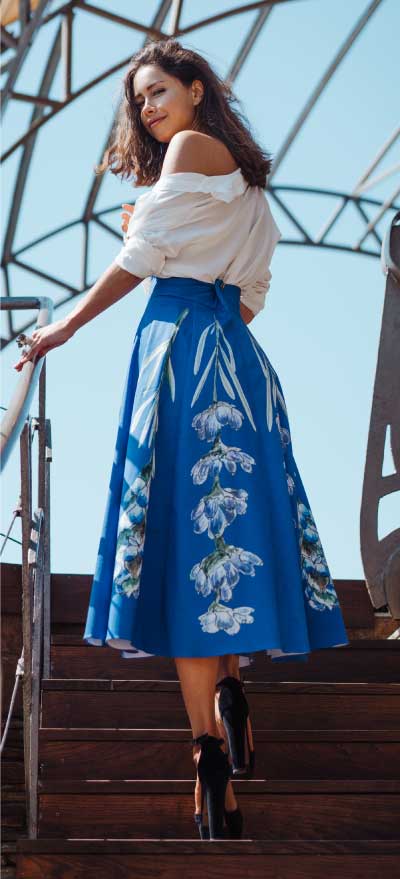How to Create a Balanced Product Mix with Wholesale Items
Build a Strategic Inventory That Drives Sales and Customer Loyalty
Creating a balanced product mix is essential for any retailer aiming to succeed in the competitive fashion market. Whether you operate an online store or a physical boutique, your inventory strategy must offer variety, value, and versatility — especially when sourcing wholesale items. A well-curated product mix not only attracts different customer profiles but also increases average order value and minimizes the risk of overstock.
In this guide, we’ll show you how to build a profitable, balanced product mix using wholesale fashion items from trusted suppliers like Clothing Supplier.
1. What Is a Product Mix — and Why It Matters?
Your product mix refers to the variety and assortment of items you offer across different categories. A balanced mix includes:
-
Core items: Everyday basics that sell consistently
-
Trend-driven pieces: Popular seasonal or fashion-forward styles
-
High-margin products: Items with strong markup potential
-
Impulse buys: Low-cost accessories or fast-moving stock
-
Seasonal and limited-edition items: To drive urgency and relevance
By working with a diverse inventory structure, you create a stronger shopping experience for every customer — increasing both conversion rates and long-term loyalty.
2. Segment Your Categories Strategically
A well-balanced wholesale assortment covers different fashion segments such as:
-
Women’s Clothing – Tops, dresses, pants, outerwear
-
Men’s Clothing – T-shirts, shirts, suits, joggers
-
Kids’ Clothing – Matching sets, basics, seasonal items
-
Accessories – Scarves, belts, bags (great for upselling)
Clothing Supplier offers extensive wholesale collections across all of these categories, making it easy to source in bulk without sacrificing variety.
3. Follow the 70/20/10 Inventory Rule
To reduce risk and maintain consistent revenue, structure your stock using this proven formula:
-
70% reliable bestsellers (basics, essentials, year-round staples)
-
20% trendy or seasonal pieces (what’s currently in fashion)
-
10% experimental items (niche or bold designs to test customer interest)
This strategy allows you to maintain a stable foundation while staying flexible and responsive to market shifts.
4. Incorporate Size and Color Variety
A balanced product mix must also include:
-
Full size runs (especially in kidswear and women’s fashion)
-
Neutral and statement colors (to appeal to different tastes)
-
Region-specific preferences (modesty, fit, fabric types)
Clothing Supplier provides detailed sizing charts and color options to help you plan your stock with accuracy and confidence.
5. Adapt to Seasonality and Fashion Cycles
Wholesale buyers must think in seasons:
-
Spring/Summer – Lightweight dresses, t-shirts, swimwear, pastels
-
Fall/Winter – Coats, knits, layering pieces, darker tones
-
Holiday collections – Partywear, gift sets, festive themes
Clothing Supplier updates its catalog regularly to help you stay ahead of fashion cycles and meet customer demand year-round.
6. Use Data to Guide Reordering
Track your performance with:
-
Sales reports by SKU and category
-
Inventory turnover rates
-
Customer reviews and feedback
-
Return reasons and sizing issues
This data helps you make smarter buying decisions and avoid overstock or understock situations. Clothing Supplier also supports reorders and fast restocking for high-demand items.
Final Thoughts
A balanced product mix isn’t about having more — it’s about having the right products in the right quantities. By combining core items with seasonal and trend-driven pieces, diversifying across categories and sizes, and letting data guide your choices, you can build a collection that performs all year long.
With Clothing Supplier as your wholesale partner, you’ll have access to a wide range of men’s, women’s, and kids’ fashion — all designed to support your retail growth with flexible ordering and global delivery. Start building your ideal inventory mix today and set your store up for long-term success.


































